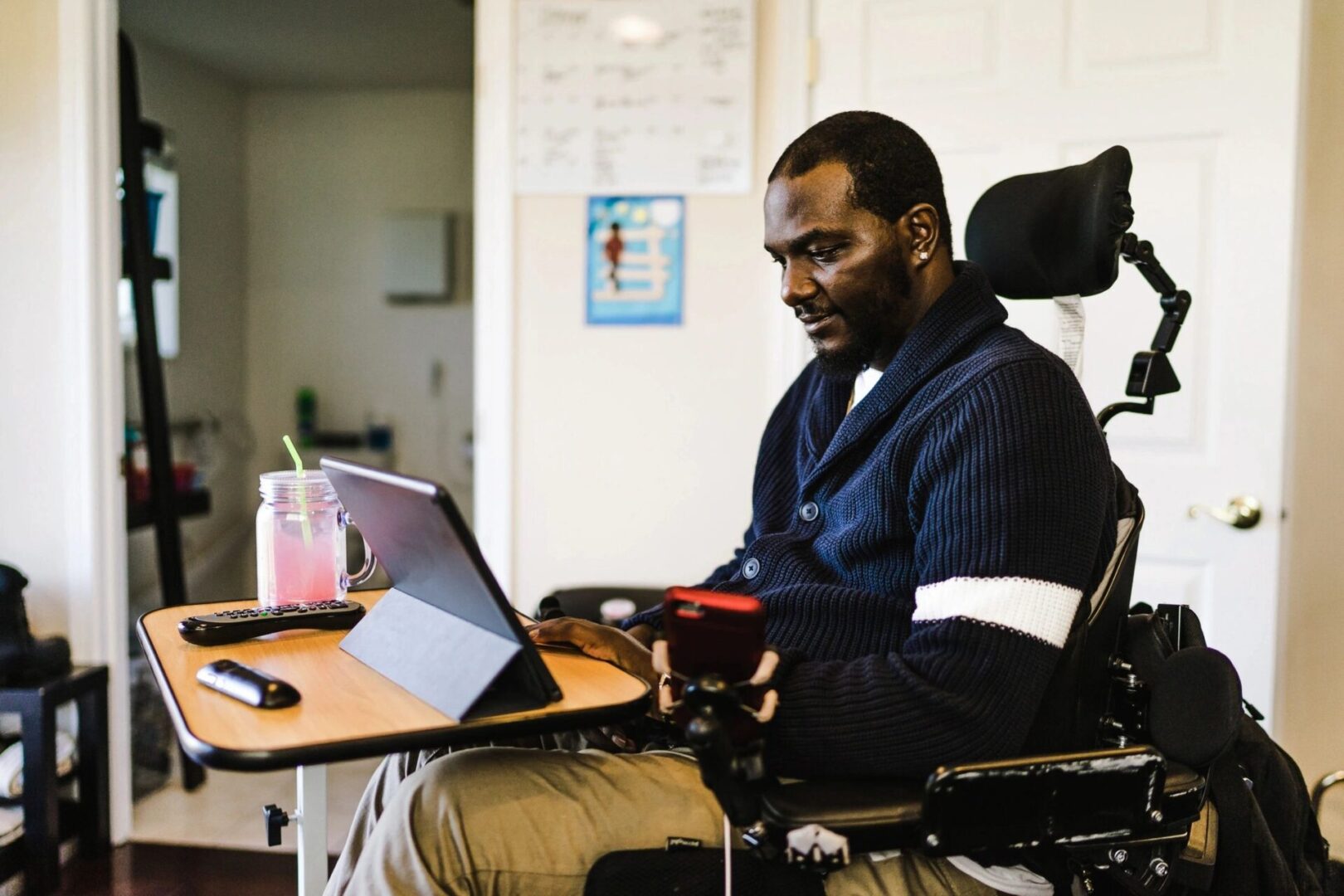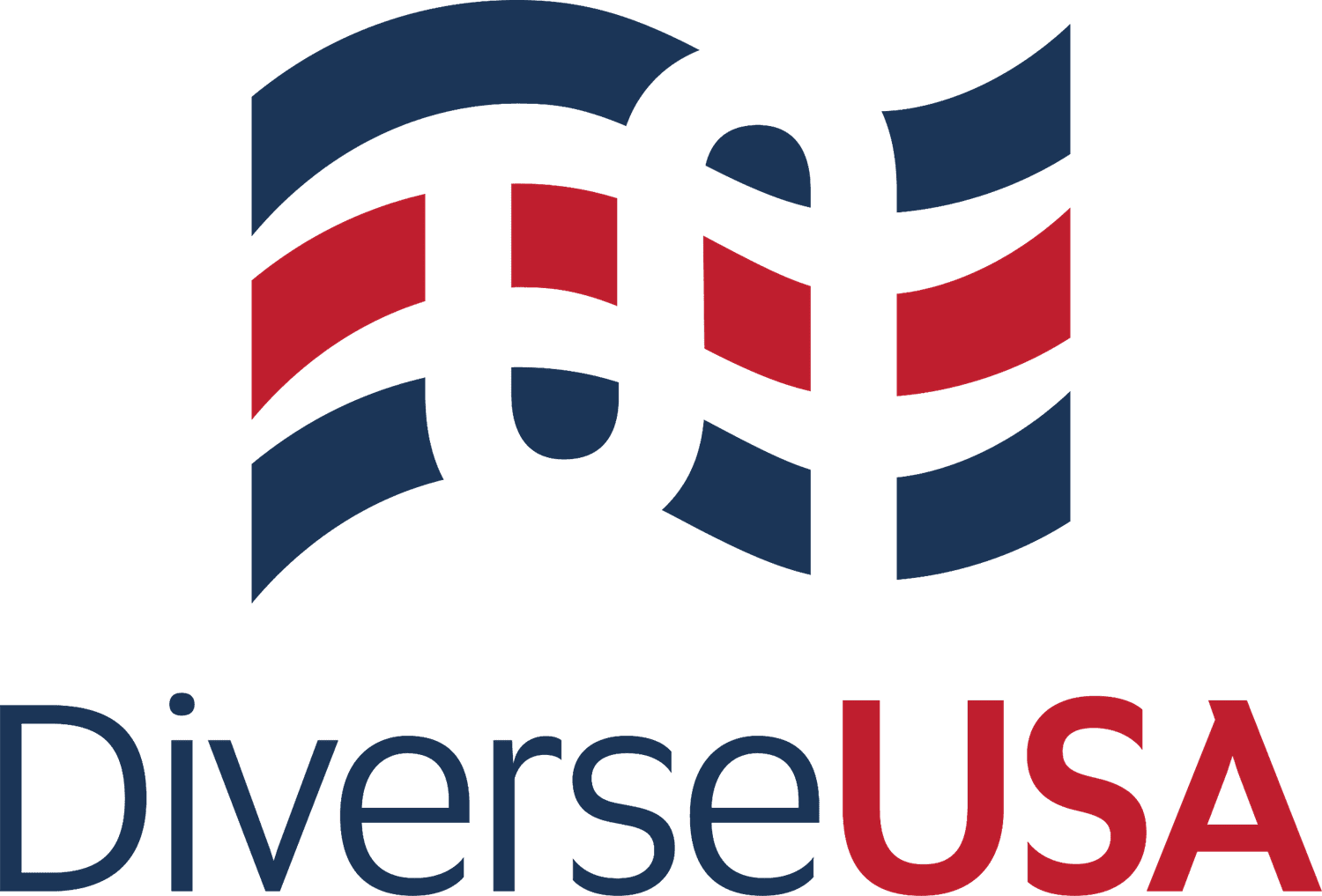

Don’t Forget the “A” in DEIA: The Importance of Accessibility
The acronym DEIA has gained prominence in discussions about creating diverse and inclusive environments in recent years. DEIA stands for Diversity, Equity, Inclusion, and Accessibility. While the first three components—diversity, equity, and inclusion—are essential, it’s crucial not to overlook the “A” in DEIA, which stands for accessibility. Accessibility is pivotal in ensuring that everyone, regardless of their abilities or disabilities, can fully participate in all aspects of life. In this blog, we’ll explore why accessibility deserves a prominent place in the DEIA conversation.
What is Accessibility?
Accessibility refers to designing products, services, environments, and digital spaces in a way that allows people with disabilities to use and benefit from them effectively. It’s about removing barriers and creating inclusive experiences for everyone, regardless of their physical or cognitive abilities. Accessibility isn’t just a legal requirement; it’s a fundamental human need.
The Intersection of DEIA and Accessibility
- Diversity encompasses differences in race, gender, age, sexual orientation, and more. However, it also includes diversity in physical and mental abilities. Embracing accessibility means acknowledging and valuing the unique perspectives and contributions of people with disabilities. True diversity recognizes and accommodates these differences.
- Equity seeks to level the playing field and ensure everyone has equal access to opportunities and resources. Accessibility is a fundamental component of equity. Without accessible environments and tools, individuals with disabilities face barriers that hinder their ability to pursue education, employment, and social engagement.
- Inclusion is about creating an environment where everyone feels welcomed and valued. Accessibility promotes inclusion by ensuring that people with disabilities can fully participate and contribute. When accessibility is prioritized, it sends a message of inclusivity and respect for all individuals.
The Wider Impact of Accessibility
Social and Economic Benefits: Accessibility isn’t just about accommodating disabilities; it also has significant social and economic benefits. When businesses and organizations prioritize accessibility, they tap into a more extensive customer base and diverse talent pool. This can lead to increased revenue and innovation.
- Innovation: Accessibility often drives innovation. When designers and engineers strive to make products and services accessible, they develop creative solutions that can benefit a broader population. Innovations like curb cuts and voice recognition technology, text-to-speech software, and touchscreen interfaces originated from efforts to improve accessibility.
- Legal and Ethical Responsibility: In many countries, accessibility is not just a good practice; it’s a legal requirement. Non-compliance with accessibility standards can lead to legal consequences and damage an organization’s reputation. Ethically, it’s the right thing to do to ensure that everyone can benefit and participate fully in society.
Practical Steps to Prioritize Accessibility
- Educate Yourself and Your Team: Invest in disability awareness training for your team. Understanding the challenges faced by individuals with disabilities is the first step in creating accessible environments.
- Conduct Accessibility Audits: Regularly assess your physical workspaces and environments, products, services, and digital spaces for accessibility. Identify areas that need improvement and prioritize fixing them.
- Involve People with Disabilities: Include people with disabilities in your survey, design and testing processes. Their insights and feedback are invaluable in creating truly accessible experiences.
- Follow Accessibility Standards: Familiarize yourself with accessibility standards and guidelines such as the Web Content Accessibility Guidelines (WCAG) for digital content, and the Americans with Disabilities Act (ADA) Standards and Guidelines for accessible design. Adhering to these standards is essential for ensuring accessibility.
- Advocate for Accessibility: Encourage others in your industry and community to prioritize accessibility. Advocate for inclusive policies and practices.
Conclusion:
In the DEIA framework, accessibility is not an afterthought; it’s a fundamental component. By recognizing the importance of accessibility and actively working to remove barriers, we can create a more diverse, equitable, and inclusive society where everyone has an opportunity to benefit and thrive. Accessibility is not just a checkbox. Accessibility is a commitment to making the world a better place for everyone, regardless of their abilities or disabilities. So, let’s not forget the “A” in DEIA because true inclusion means leaving no one behind.

